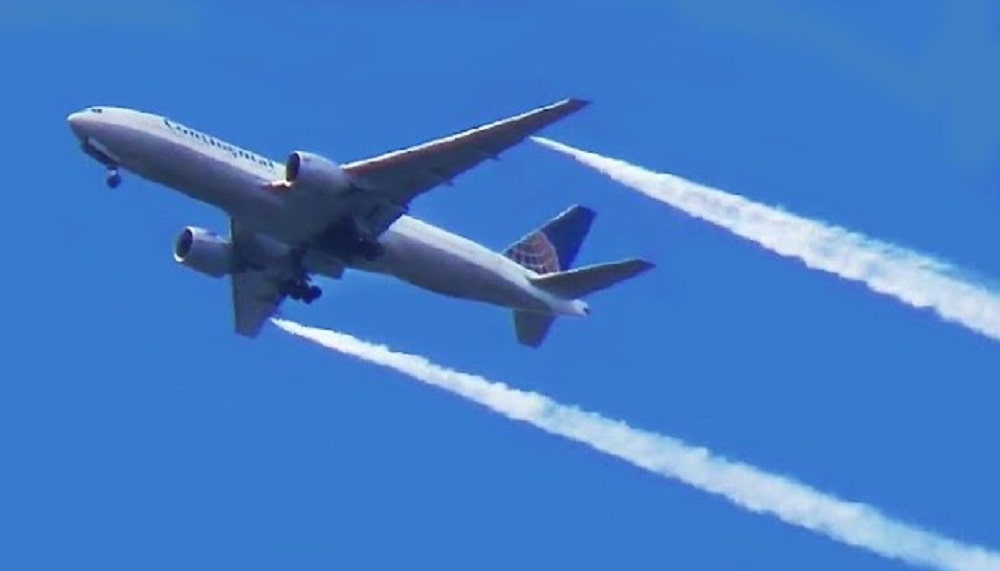Did you know that refueling a plane is one of the biggest costs for an airline? Yet, sometimes pilots have to release fuel into the air during a flight. So, does that mean the company loses money, and where exactly does that fuel go?
Airplane fuel is stored in the wings, and airlines typically load only the necessary amount to save on costs. Carrying extra fuel would make the plane heavier, reducing fuel efficiency. However, when a plane has an issue and needs to land unexpectedly, the extra fuel in its wings can create a risk. Too much fuel increases pressure during landing, potentially damaging the wings. To prevent this, pilots may release fuel into the air before landing. But don’t worry—this fuel doesn’t fall to the ground; it evaporates safely in the atmosphere.
In aviation, Fuel dropping, fuel dumping, or fuel jettisoning is a controlled process where an aircraft releases fuel during flight, often as an emergency safety measure. This practice is typically employed when an aircraft needs to reduce its weight to a safe landing level. Commercial planes are designed with both a maximum takeoff weight (MTOW) and a maximum landing weight (MLW), which are often different, with the MTOW typically being higher than the MLW. After a full fuel load for a long flight, the aircraft might exceed its MLW, making it unsafe to land immediately in the event of an emergency.
When a plane encounters an emergency—such as a mechanical failure, medical emergency, or other urgent need to land shortly after takeoff—the pilot may decide to dump fuel to bring the plane’s weight within safe limits. Carrying too much weight while landing increases the risk of damage to the aircraft's structure, landing gear, and tires, and can lead to unsafe conditions upon landing.
Fuel dumping is most commonly used for long-haul flights, where aircraft are heavily loaded with fuel. The decision to dump fuel is made by the pilot, in consultation with air traffic control, based on safety protocols and weather conditions. When an aircraft needs to dump fuel, it typically does so over unpopulated areas, such as oceans or forests, and at a high altitude to ensure the fuel evaporates before it reaches the ground, minimizing any environmental impact.
Although the procedure is rare, it is a critical tool in aviation safety and is only used when absolutely necessary. Advances in aircraft technology and fuel management have made fuel dumping less frequent, but when an emergency arises, it remains a crucial decision that pilots make to ensure the safety of passengers, crew, and the aircraft.













0 comments:
Post a Comment